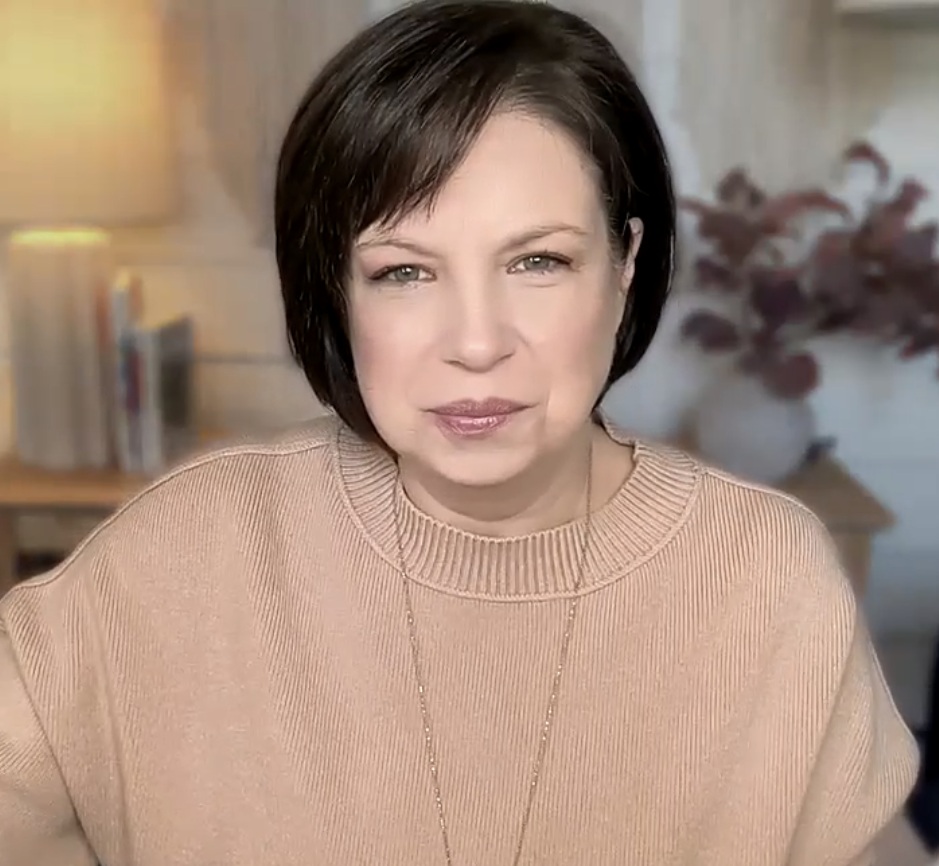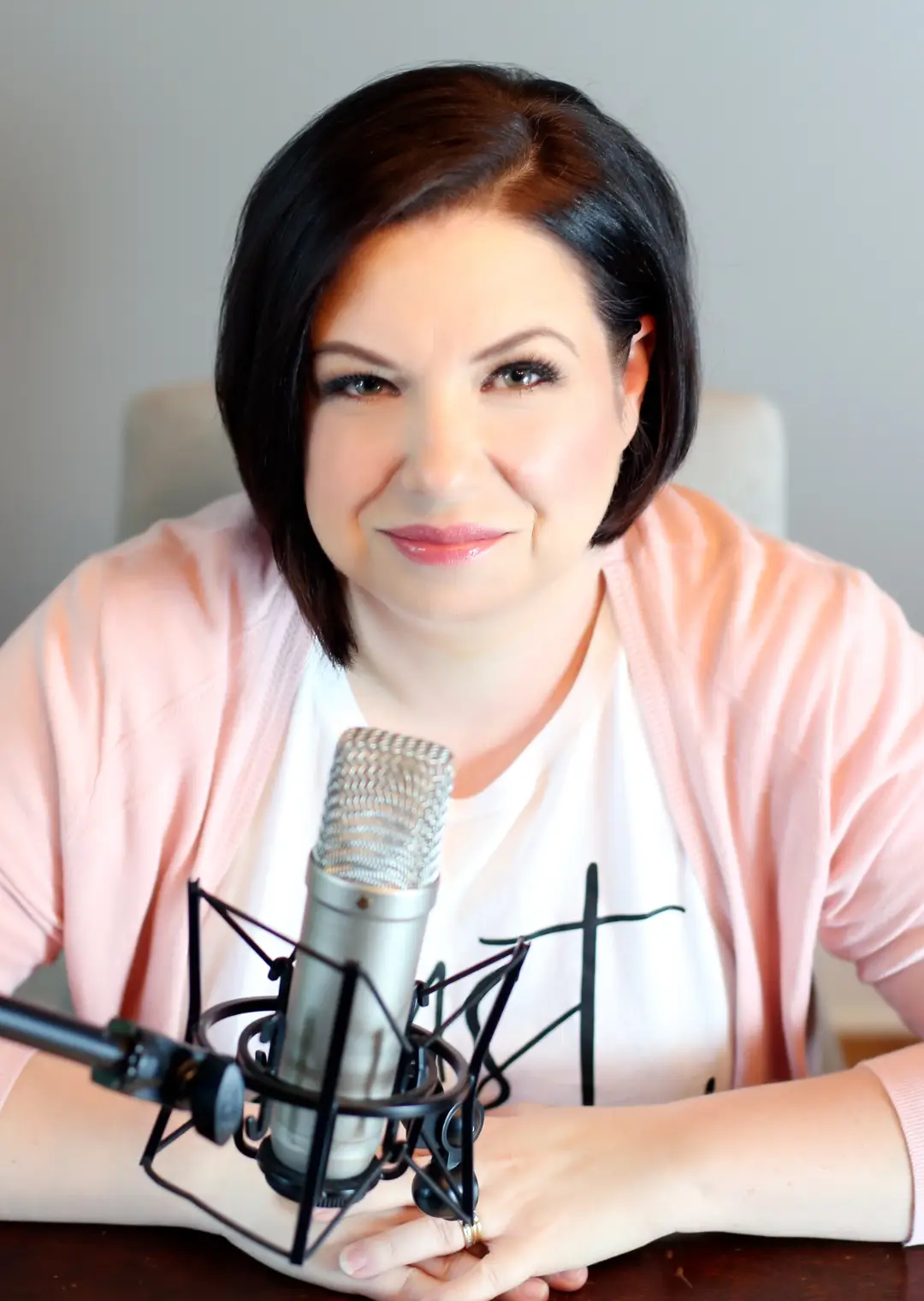Get some clarity.
This isn’t junk mail… this is life mail. These are strategies for your real life. My newsletter, Clarity, gets delivered to over 30,000 people each week to help them get clear on how to be the parent your neurodivergent kid needs. I’d love to help you, too. Subscribe now, it’s free.







I have listened to two of you podcasts and they have been very helpful. I was trying to find the emotional wheel download but could not. Is it possible for you to email it?
Hi Frances! It's the Behavior Wheel that's offered as a free download, just scroll up to just below resources to download it. If you'd like our feelings wheel and the behavior system, it's available in our program at https://thebehaviorrevolution.com/course
I can't seem to find the download for the Behavior Wheel you referenced in the Podcast. The only resources listed for this podcast are Porges, Hallowell & Perry/Winfrey
I'm sorry you couldn't see the box with the download. Look at the bulleted list of resources now and you'll see the link to download the wheel.
Hi, I am not able to find the behaviour wheel…It doesn't seem to be an option to in the resource list?
I'm sorry you couldn't see the box with the download. Look at the bulleted list of resources now and you'll see the link to download the wheel.
I click download the behavior wheel, fill in the info, click submit and the pop up box disappears. I click the link again and it just says submitting, but nothing ever happens.
So sorry about that! Email me at penny [at] pennywilliamsauthor.com and I'll get it to you.